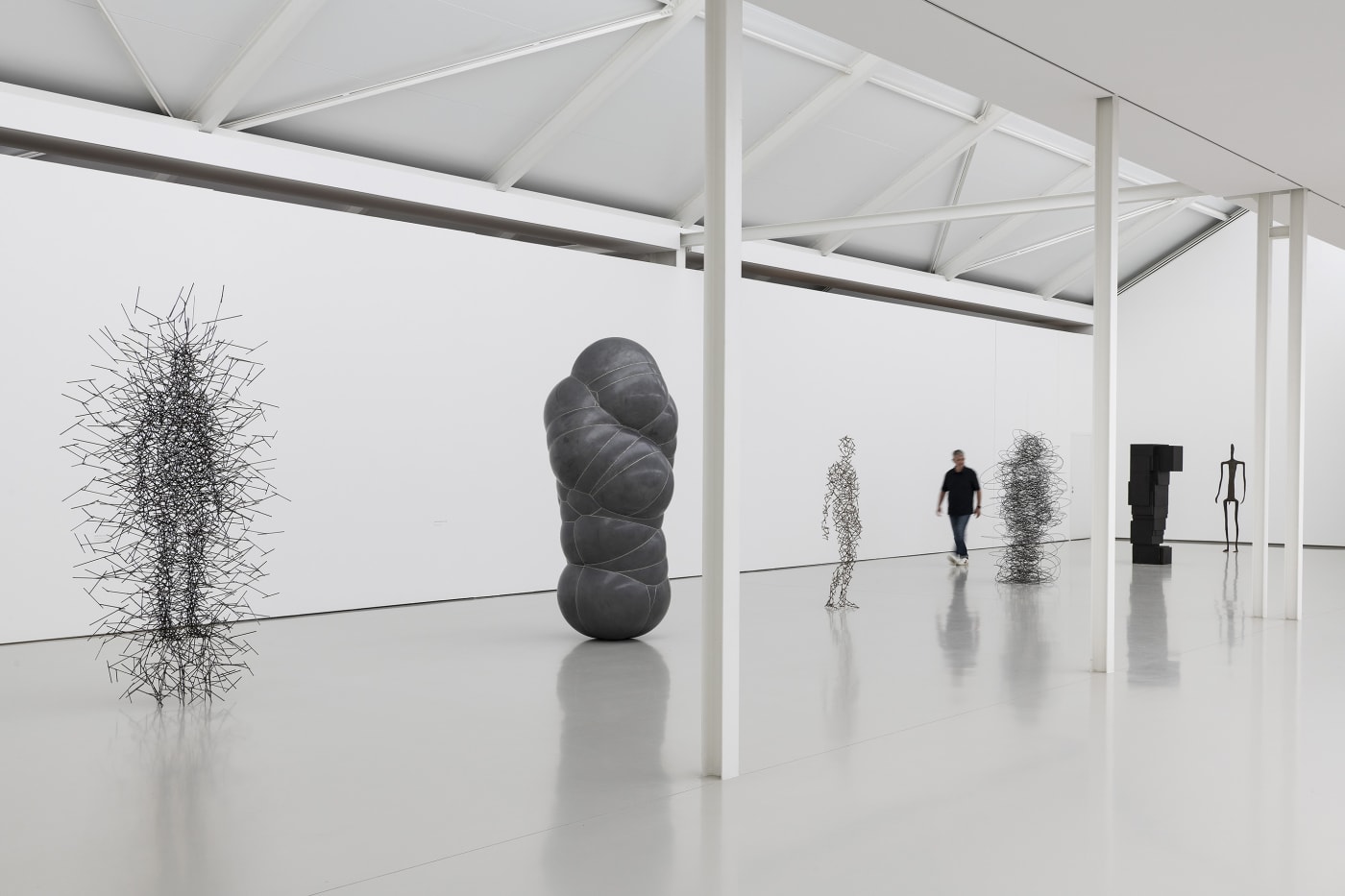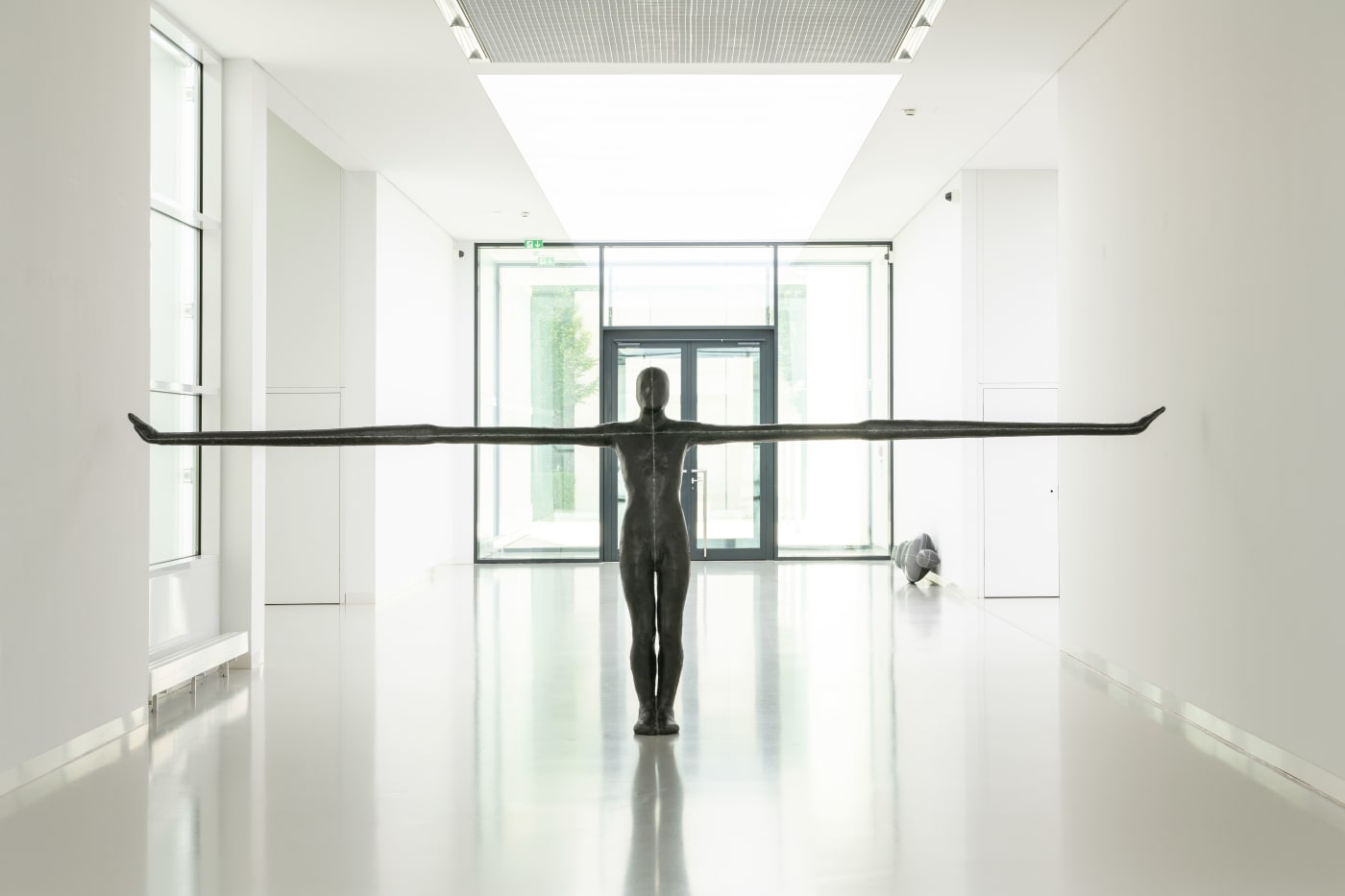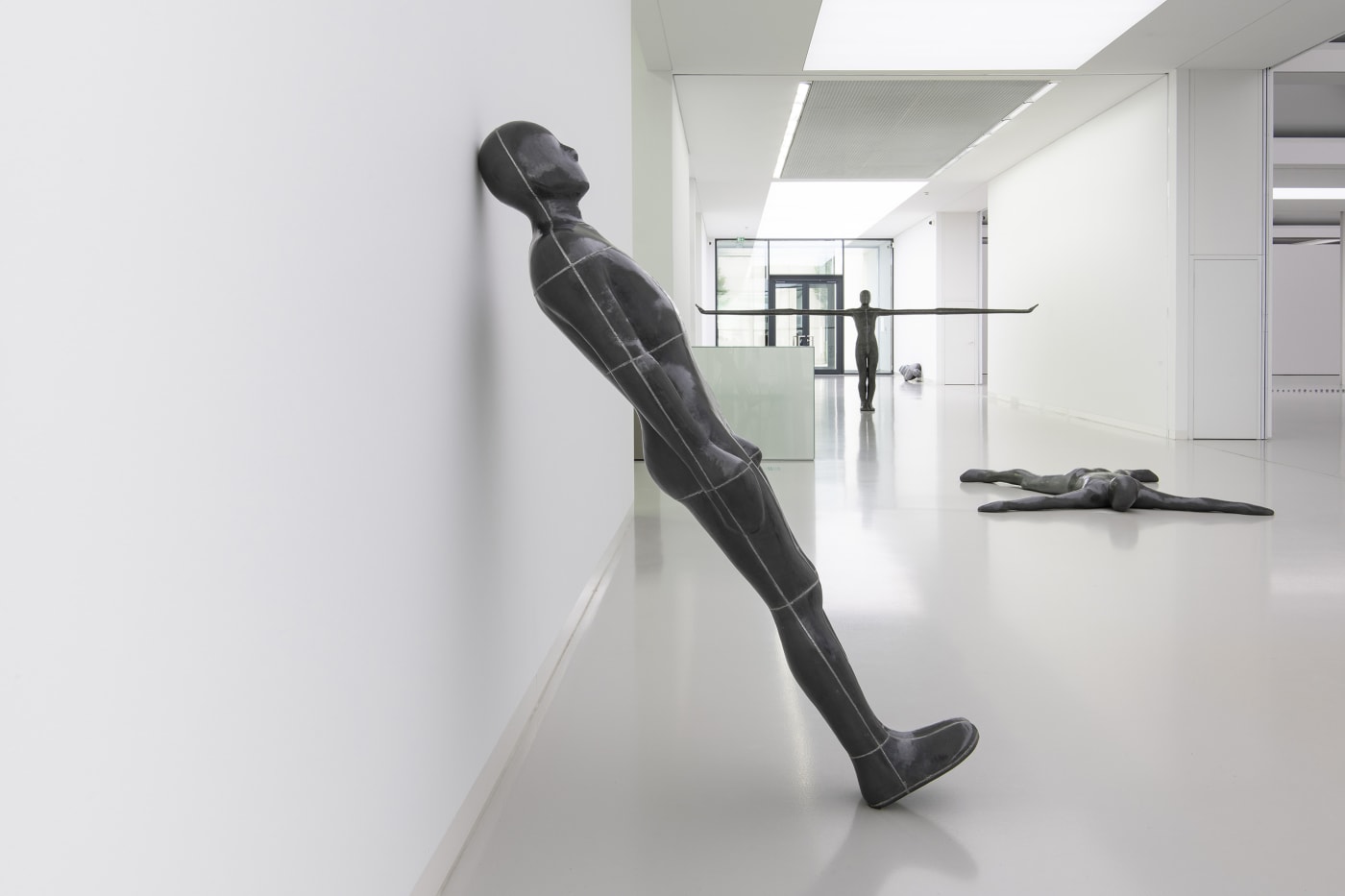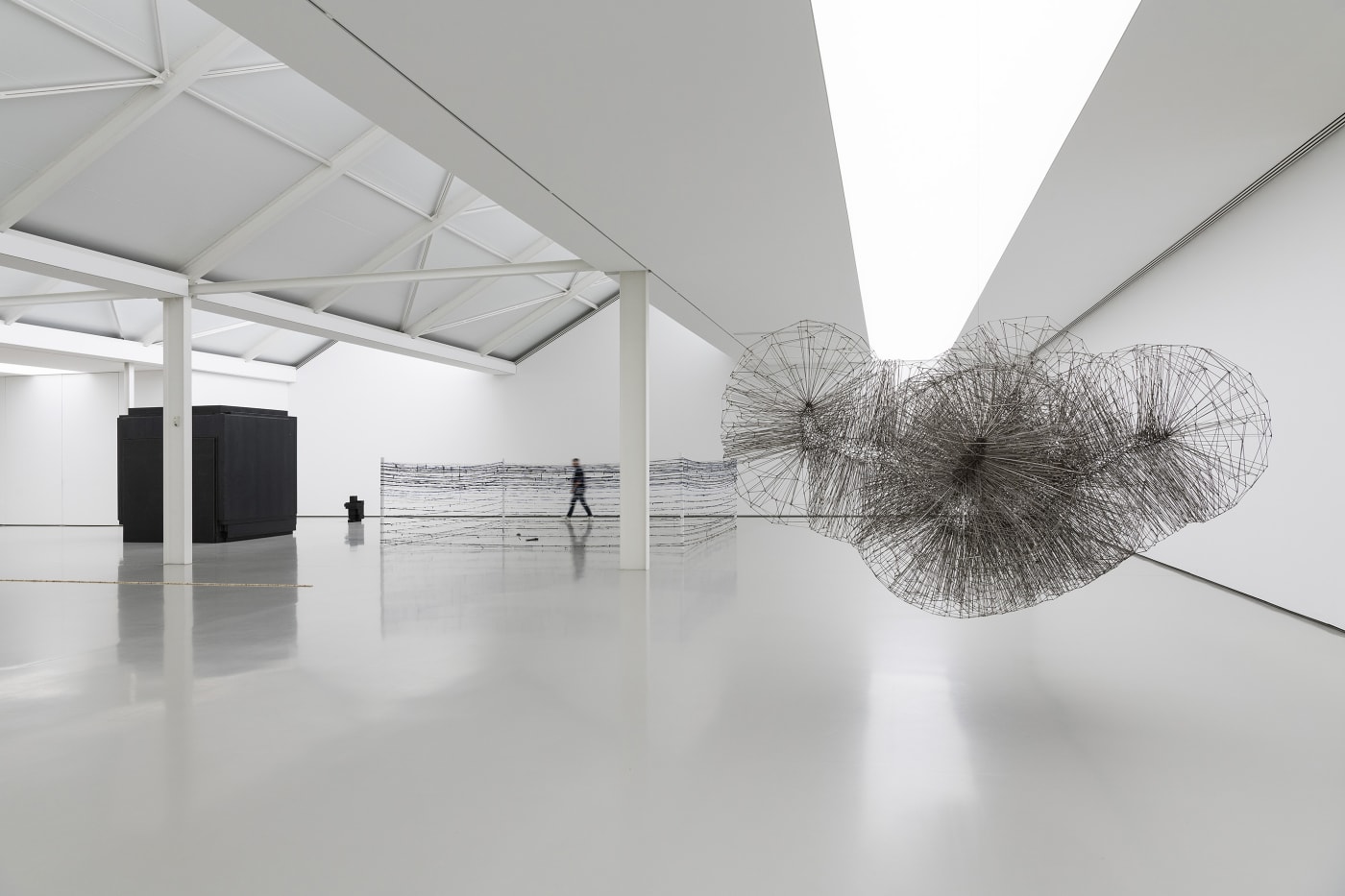SCHAUWERK Sindelfingen presents a comprehensive solo exhibition of works by British sculptor Antony Gormley, in the most significant survey of the artist’s work ever to take place in Germany.
The presentation brings together 30 works from the artist's studio as well as the Schaufler collection and includes early works from the late 1970s, shown alongside recent sculptures – some on view to the public for the first time.

I’ve never made a show quite like this because it’s almost like a specimen display. In Sindelfingen you have a wonderful industrial space that has been transformed into a gallery. […] And it’s been an absolute delight to have this open space of the main hall to just lay out these works – which is something I’ve never done before. I’ve never shown a mixture of typologies or languages. But, that’s what we’ve done here – we placed six of these different languages in a line.
— Antony Gormley


Gormley continually tries to identify the space of art as a place of becoming in which new behaviours, thoughts and feelings can arise. The central subject of his work is human beings' relationship to space and time. Using his own body as material, tool and subject, he creates evocations of a variety of states – exposure, isolation, emergence and growth – all evidenced in this exhibition.
Early works show Gormley's interest in time and how its duration can be revealed. Some of the works are encased, while others are more open and permeable. By placing works directly on the floor and eliminating plinths, the sculptures are in no way demarcated from their surroundings, offering an immediate and more intuitive experience to the viewer.

The continual questioning of where a body begins and ends is investigated in sculptures that evolve from void to mass, line to plane, rectilinear to organic form and structure. The exhibition foregrounds Gormley’s transformation of sculpture from purely material and formal issues into an exploration of life itself.
Large-scale works take centre stage, mediating between the individual space of the body and the collective space of all forms of shelter, from clothes to architecture.
My grandparents lived at the east edge of the Black Forest. And I think walking in the forest with my grandfather really was an opening onto the world and the way of being.
So, to open the show Learning to Be in this part of the world is a recognition that maybe, the better half of me comes from Germany and actually from a place not very far away from where we are having this exhibition.
To me it is the closing of the circle.
— Antony Gormley

























































































































































































